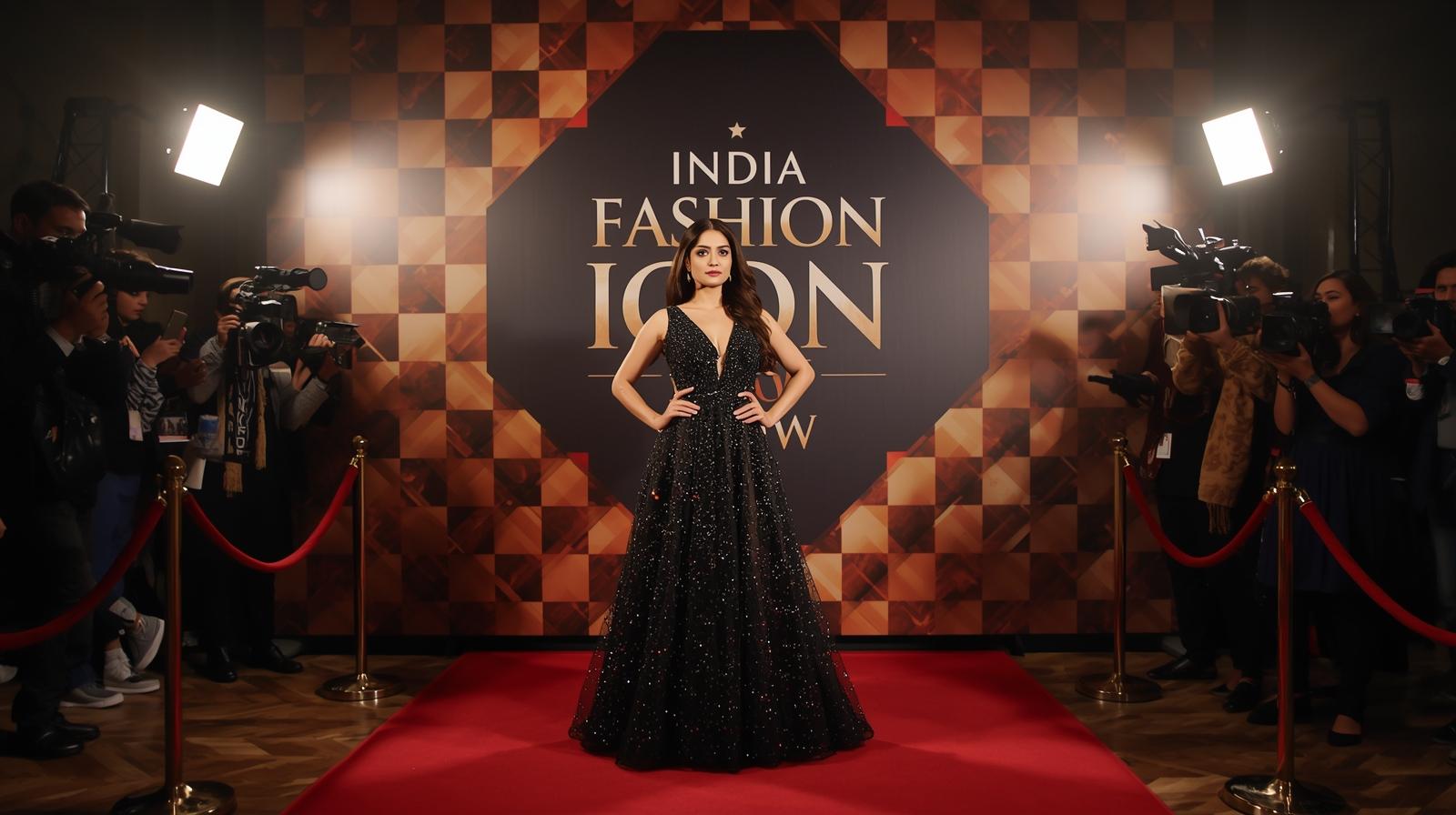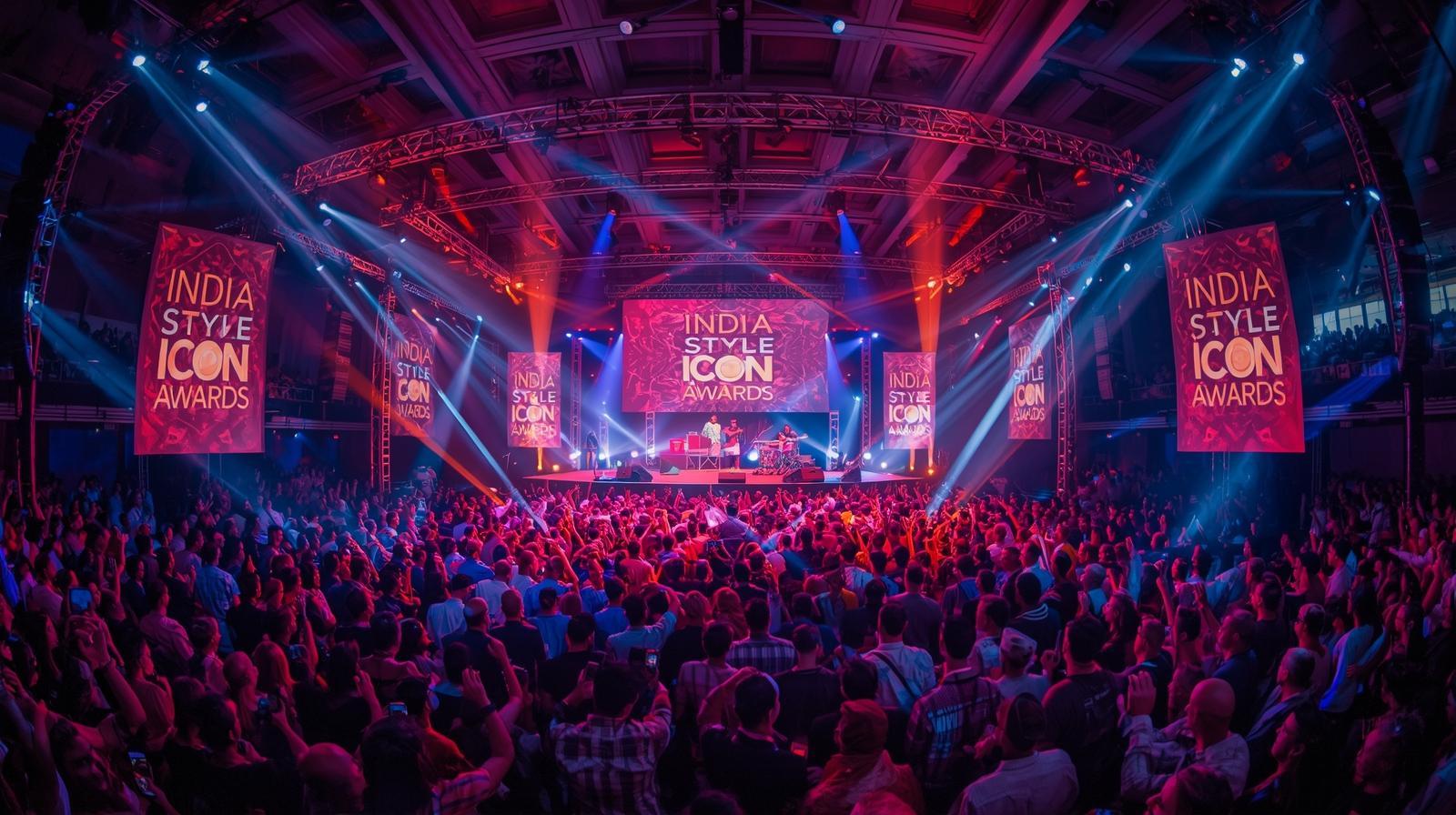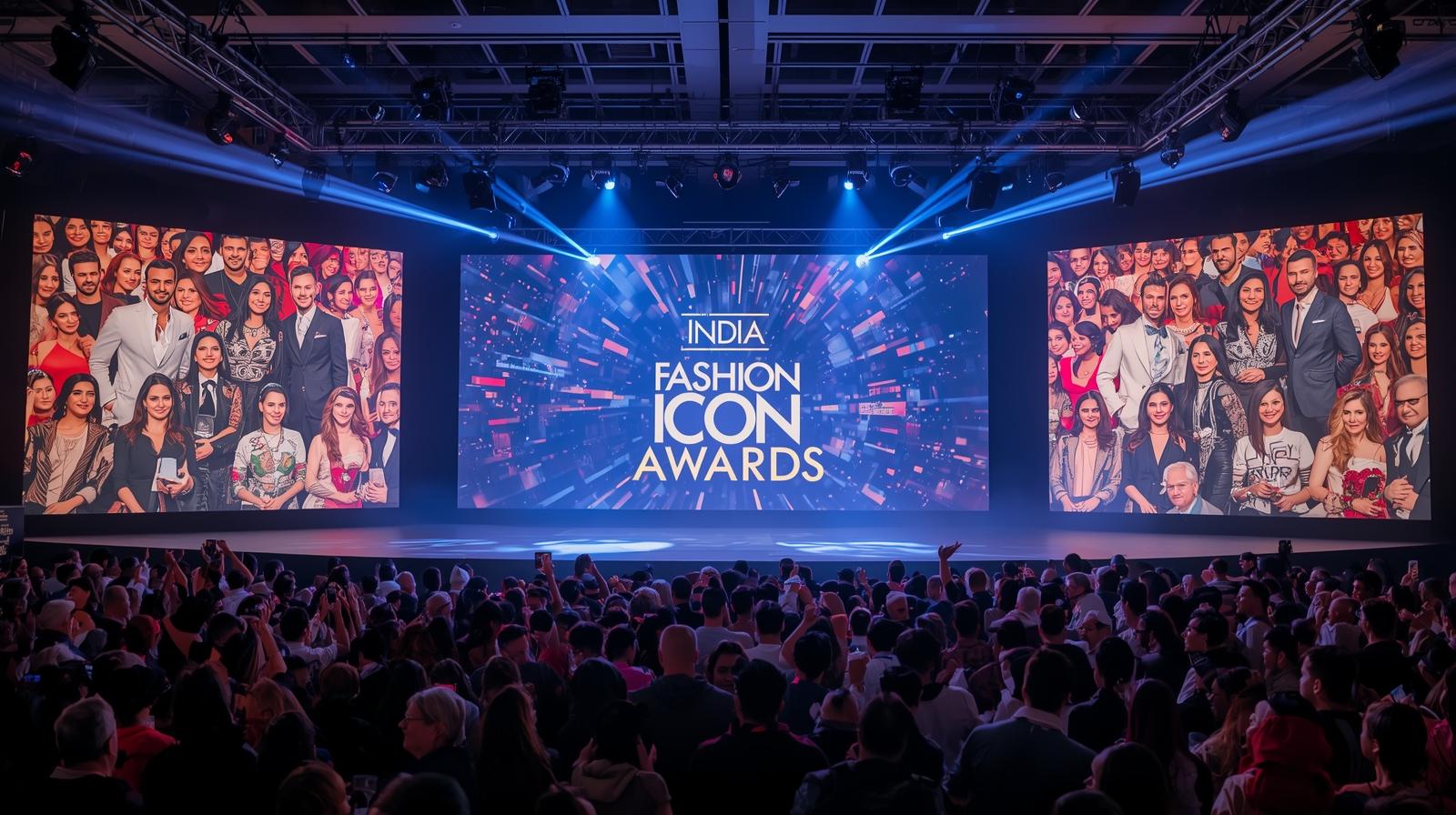Estate vs Vintage Jewellery: Know the Difference Before You Buy
When it comes to jewellery, the terms “vintage” and “estate” are often tossed around interchangeably — but they couldn’t be more different. Understanding the distinction is crucial if you want to buy pieces that are not only stylish but also authentic and valuable.
Estate Jewellery: Ownership Comes First
Estate jewellery simply refers to pre-owned pieces. Age doesn’t matter — it could be your grandmother’s emerald brooch or a Cartier love bracelet bought two years ago and resold. What matters is that it had a previous owner. Think of it as the “previously worn” section of jewellery, just without the euphemisms.
Vintage Jewellery: Age and Style Matter
Vintage jewellery carries both history and design significance. Typically, a piece needs to be at least 20 to 30 years old to qualify as vintage. From bold Art Deco rings to chunky 1970s gold chains or early 1990s hoops, vintage jewellery reflects the essence of an era. In other words, vintage is about timeless design, not just pre-ownership.
Where They Overlap
Every vintage piece is estate, but not every estate piece is vintage. For example:
-
A 1940s diamond cocktail ring → both estate and vintage.
-
A 2021 engagement ring resold last year → estate only.
Understanding the difference is key because vintage jewellery carries history and character, while estate jewellery may simply have had another owner.
Value & Perception
The terminology also influences price. Dealers use “vintage” to signal rarity and design significance, often justifying a higher value. “Estate” simply indicates pre-owned status, leaving the style and desirability more variable.
So next time you’re shopping for jewellery, remember: vintage earns its title through time and design; estate merely signals it was previously loved.
For more style updates & exclusive fashion stories follow indiafashionicon.com

 info@indiafashionicon.com
info@indiafashionicon.com









